One of the pleasing things that happened after the great Con Houlihan died was that many journalists were moved to pen excellent essays mourning his passing. One of these was a front page paen in The Sunday World by Roy Curtis. I’m going to indulge myself here and quote it in full.
‘He was a humble intellectual, an emperor of the written word who never ceased being a man of the people’
 PASSION: Con was a man of big appetites
PASSION: Con was a man of big appetites
HE WAS a wordsmith, a gentle and wise colossus, a son of the soil, a great hook-nosed and dishevelled Kerry sage, the most brilliant eyewitness to life’s ebb and flow.
He was a poet, a drinker, a lover of sport, people, nature, art, travel, bars and life. He was an artist who sketched the most vivid, moving portraits: His imagination was his brush, the 26 letters of the alphabet his paint, the newspaper his canvas. He leaves behind sufficient masterpieces to fill every nook and cranny of the Louvre.
He was an insomniac, a man with too much yearning to trouble himself with sleep, an individual whose curious mind could not be sated by the 24 hours in a day. He was shy, his shovel-sized paw covering his mouth as he decanted great nuggets of wisdom in that musical, lilting, difficult-to-decipher Kerry cadence.
He was a humble intellectual, a diffident genius, an emperor of the written word who never ceased being a man of the people. He was a man who made unlikely connections: Among them brandy and milk, his medicine of choice as he wandered on his own daily Homeric odyssey.
He was a daily communicant at pubs that hung like a necklace around the Liffey: Mulligan’s, Cassidy’s, The Palace Bar,Tommy Wright’s, The Regal Inn…
He flicked in his writings from sport to nature, from the claustrophobic chaos of an All-Ireland final’s closing moments to the tranquil idyll of swans residing on the Grand Canal by his beloved Portobello, with effortless grace. He was a font of knowledge and learning; an oasis of insight, sincerity and intelligence in a world increasingly parched of perception, understanding and decency.
He was a perfectionist, a slave to proper grammar, a man who viewed a misplaced comma or semi-colon as an act of vandalism against the English language. He was the back page of the Evening Press, a storyteller whose tales from faraway lands and dispatches from locations exotic and humdrum were at once lessons in geography and history, in sport and in life, in the character of man.

COLOSSUS: Houlihan
He was Ireland’s Charles Dickens. He was the behemoth of Burgh Quay and later, the seanachaí of the Sunday World.
He was a bare-footed rugby player, a wild-haired soul unconcerned with sartorial norms, a giant who would adorn his enormous frame with a bedraggled collection of wine jumpers, half-closed anoraks, ill-fitting trousers and unlikely black trainers. He had the look of a man who lived his life in a wind-tunnel.
He was a humungous whale who didn’t have it in him to harm plankton; he was political and passionate; he peered beneath the surface – deeper than almost anybody alive – to where the good in a man resided. He lived on a diet of black pudding, spuds and common sense. He was a teacher.His writings on the Dublin/Kerry rivalry of the 1970s should be on the Leaving Cert English course.
He was for many years my hero and for many more after that my friend. Con Houlihan’s passing leaves a crater in the earth, a great hunger in the lives of those of us who fed for decades at the trough of his erudition.
He was the man who stole my 21st birthday. On the eve of that October day in 1989, he had advised me he would be buying me drink the next day. At nine in the morning! By three o’clock the next afternoon I was asleep, fully-clothed on the sofa of my parents’ house.
There was no talk of recommended units of alcohol in those innocent days, but, had there been, I would probably have consumed my quota until my 30th birthday. I keeled over; Con, his lips barely wet, went on to Inchicore for another few pre-match pints before taking his familiar spot by the Camac river to watch Saint Pats. Later that night he would script another word-perfect portrayal of the
day.
If my father almost disowned me that afternoon, he positively swooned when, on RTE radio, Con praised my writing. Dad kept the recording for the remainder of his life. Because what Con Houlihan said mattered. He was trusted and loved. He was timeless: had he been of concrete and mortar, he would have been a listed building; something precious,that would stand forever, untouched, protected.
His appetites were voracious: For knowledge, for sport, for drink, for life. Though he had been unwell for some time, we thought him indestructible as he sailed towards his 10th decade.
But yesterday, finally, he left us. What remains is imperishable: a legacy of writing that demands – whatever the literary snobs say – inclusion alongside Joyce or Yeats, Casey or Kavanagh. To have read him was an education, to have known him a privilege, to have
drank with him was a liver-thumping thrill.
Our sympathies to Harriet, a lady of infinite patience and kindness. All that is left is to raise a cognac glass filled with brandy and milk to the supreme wordsmith, the sovereign of storytellers, the greatest of Kerry and Irishmen.
Roy Curtis
>>>>>>>
The great Con Houlihan was laid to rest in his beloved Castle Island on Friday. One of the “gifts” that was brought to the altar to represent him was a sod of turf. Con loved the bogs of his native county and spent many happy hours working at the turf. He also worked for Bord na Mona for a year or two.
…….
Todd Andrews was one of the first to realize the value of Ireland’s peat bogs. The Turf Development Board was set up in 1933 and in 1946 Bord na Mona came into being. People associate Bord na Mona with the blanket bogs of the midlands but for many years BNM ran a turf cutting operation in Lyreacrompane.
The kind of bog with which we are familiar in this part of the county is a cutaway bog. People owned these bogs and others bought turbary rights from them. The sods of turf were cut vertically with a sleán and were laid on the bank to dry. The sods were turned regularly until they were dry and then they were piled into little stooks and eventually brought home and made into a rick or stored in a turf shed to dry further.
This method of harvesting turf is hugely labour intensive. It is still practiced by many private individuals in North Kerry. Turf is still the preferred fuel for heating in many local households.
It was not long before BNM brought in machinery to do the cutting or milling of the peat. Milling cuts the peat from the top of the bog.
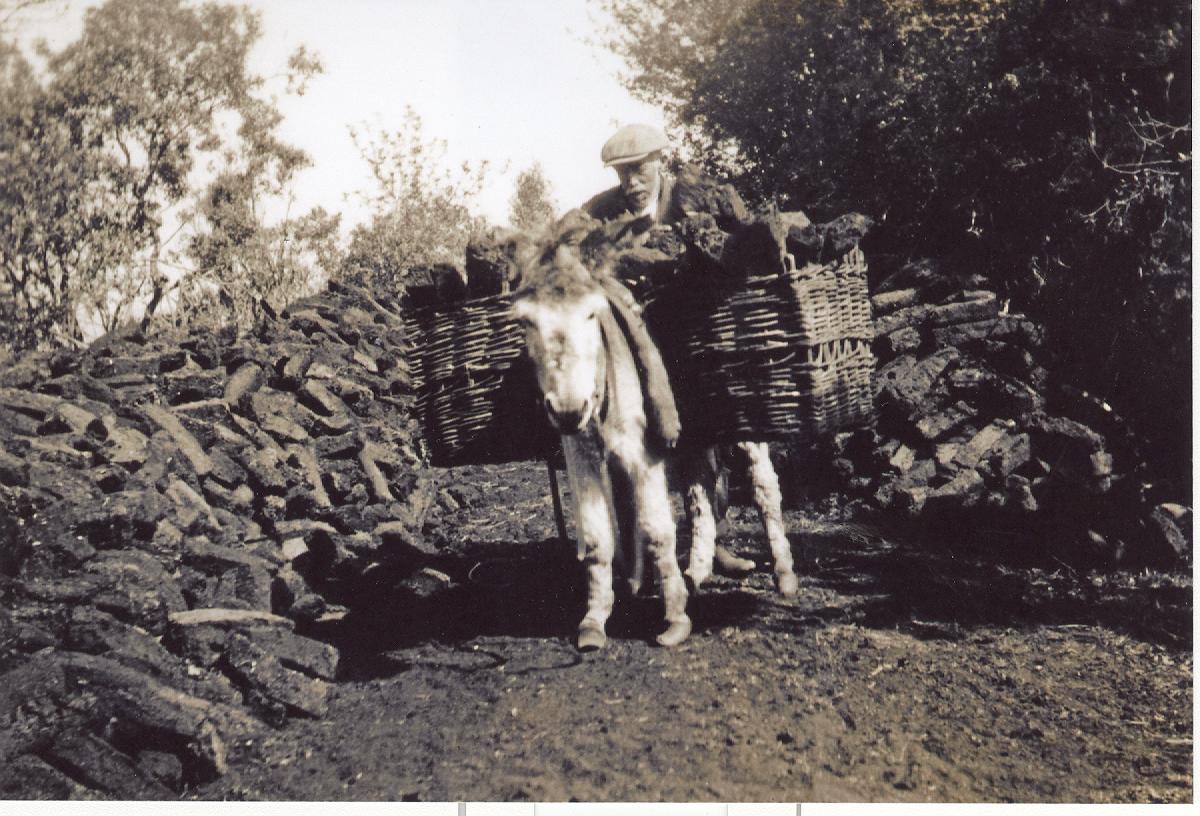
This man is bringing home his turf on an ass with two creels or panniers tied across his back. The donkey was a very suitable beast for bog work since he was relatively light and could be brought into even the most soggy bog.
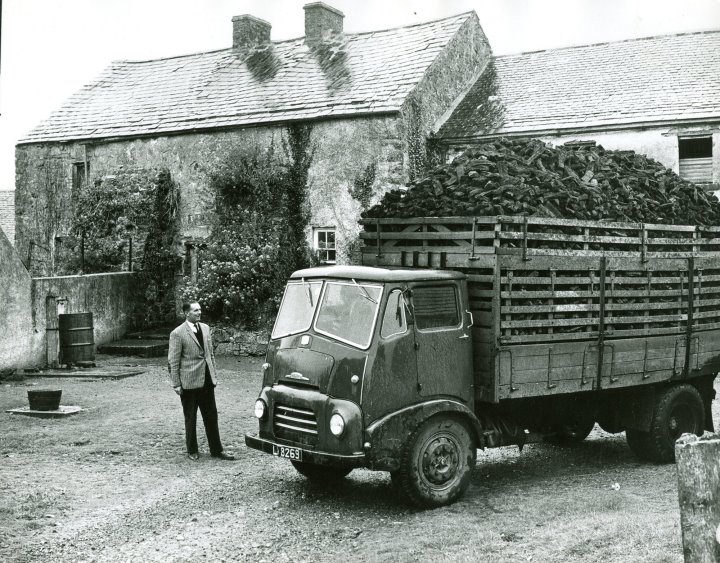
In the 1950s your turf was brought home to you in a lorry.
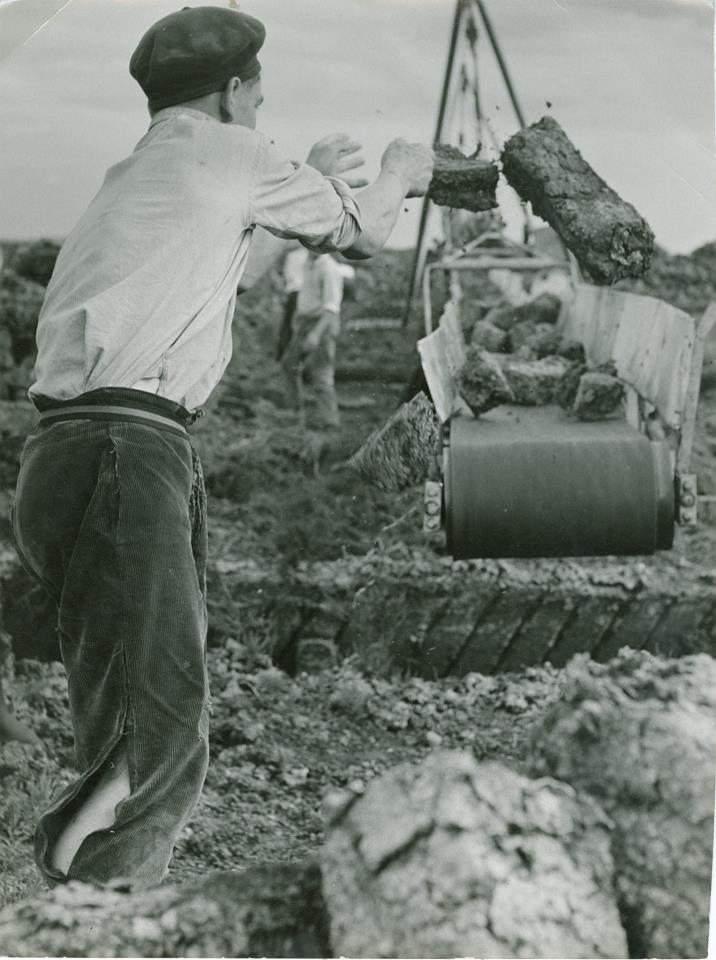
This man, an employee of BNM is loading sods of turf into a collector. The man had to keep ahead of the machine and had to keep bending and throwing in a back breaking routine.

This photograph is from Lyreacrompane where women were employed to feed the collector. The machine was known as “The Iron Ganger” as it dictated the pace of the work.
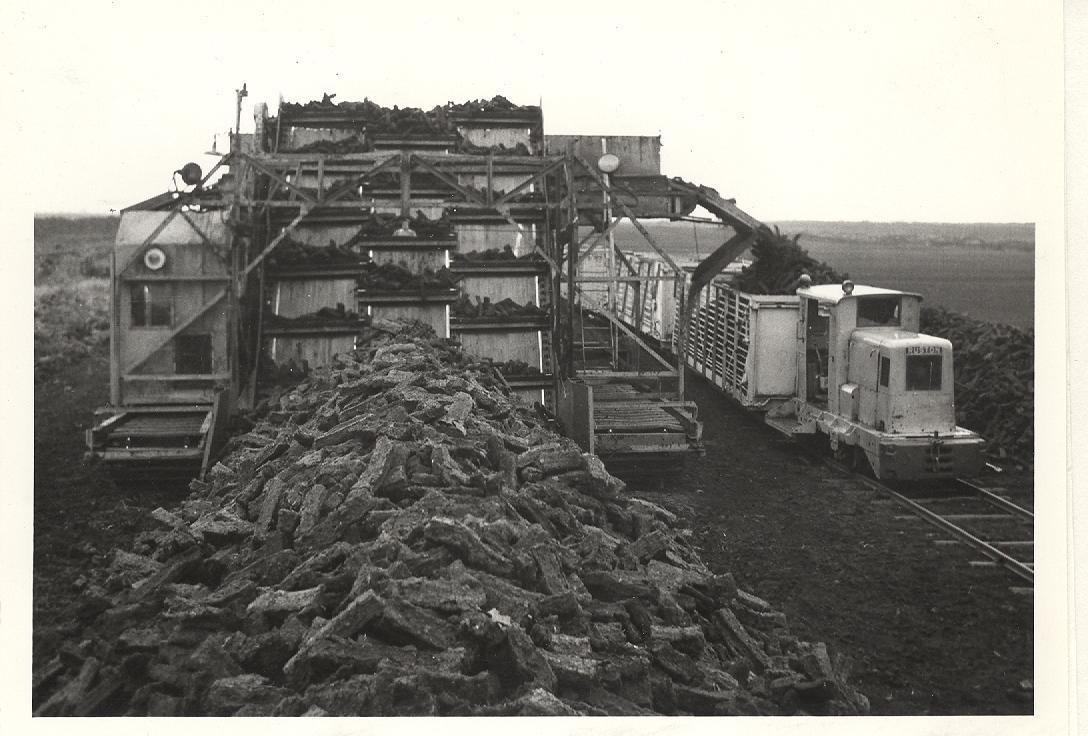
Tracks were laid across the bog and the turf loaded into wagons which were pulled by the engine to the centre for loading on to trucks.
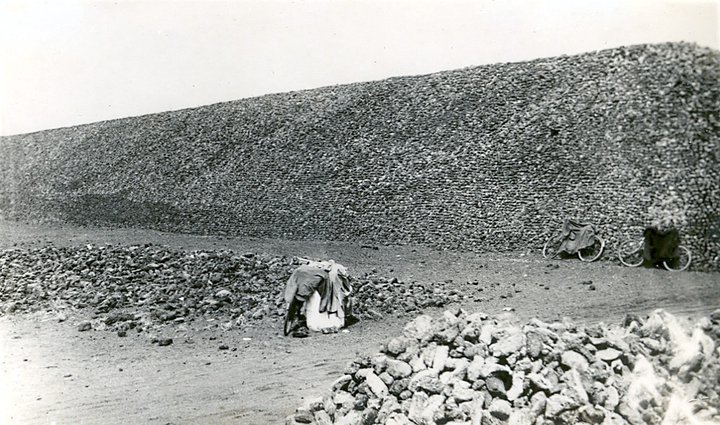
During the war there was no coal imported and loads of turf were brought to the Phoenix Park to provide fuel for the city of Dublin. We must remember that the trains ran on steam as well.
All of these photos and many more are here
https://www.facebook.com/pages/Bord-na-Móna-Heartland/180733458639655
<<<<<
The Races are coming

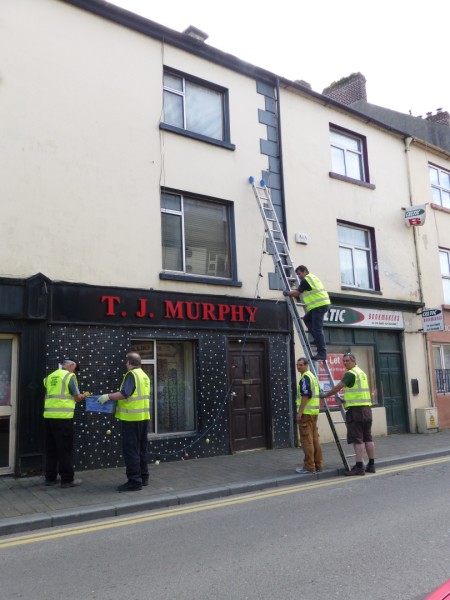

<<<<<
Military History
http://www.bureauofmilitaryhistory.ie/reels/bmh/BMH.WS1580.pdf
This testimony is the statement of a Dr. Enright who attend to Con Dee after he was shot and wounded at Gortagleanna
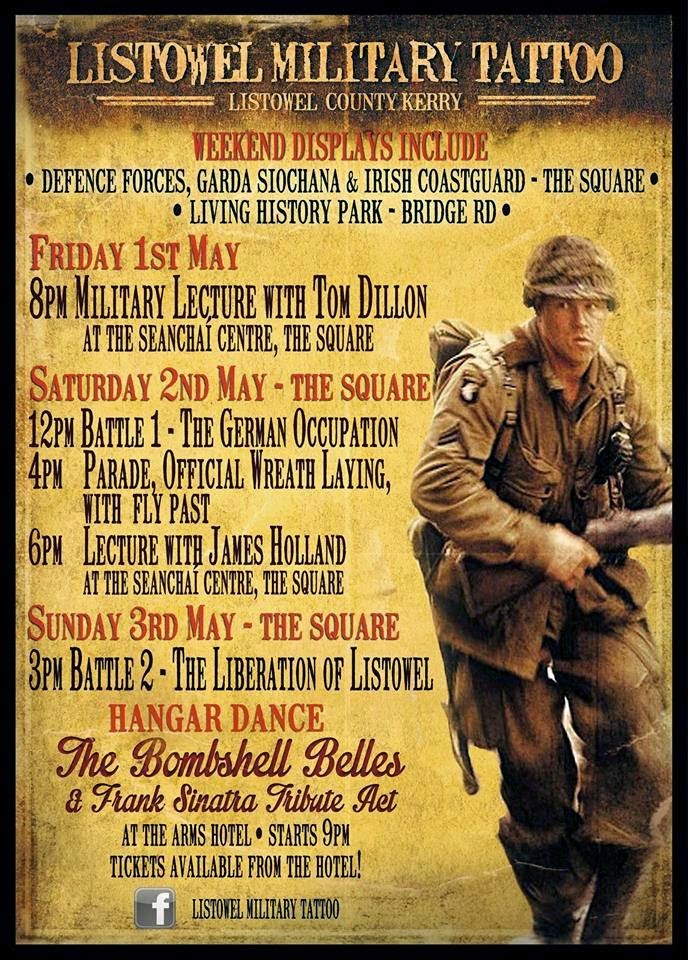
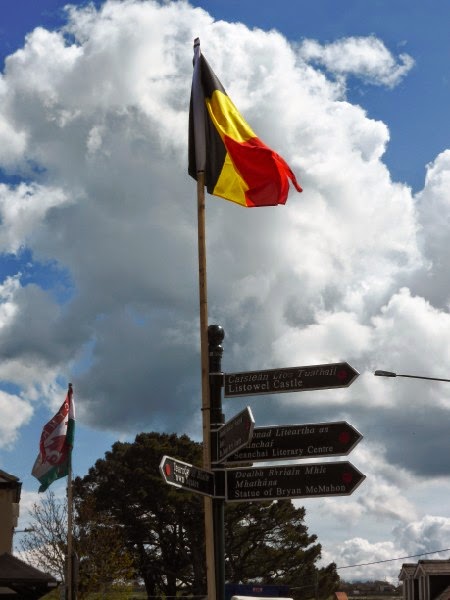

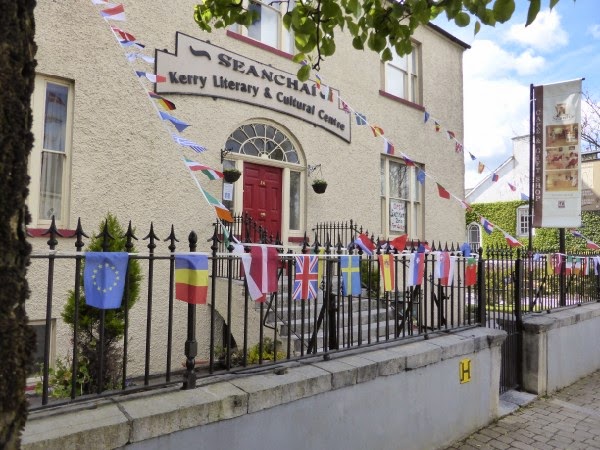
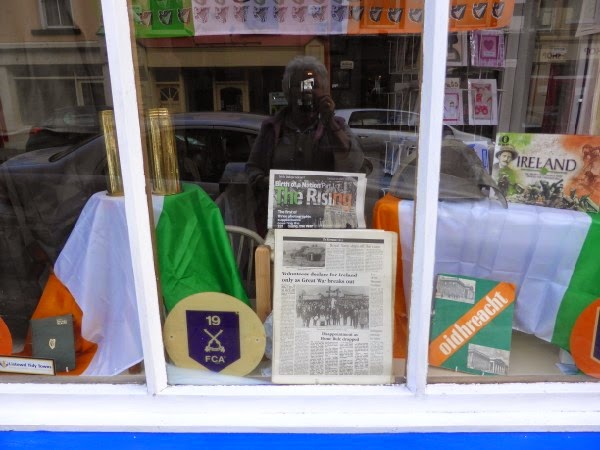
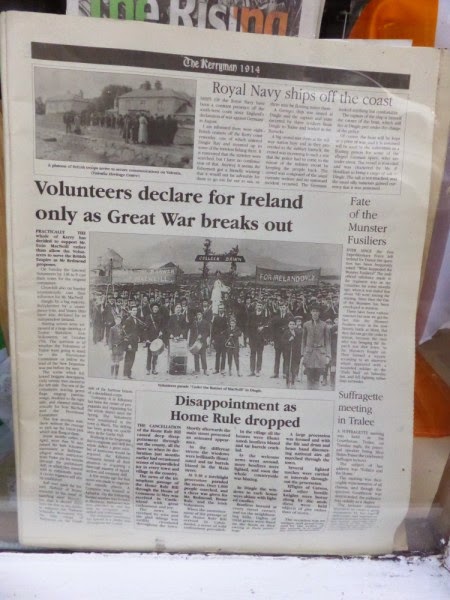
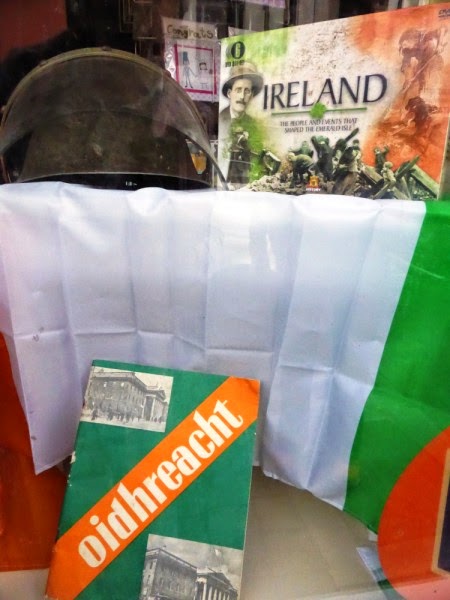
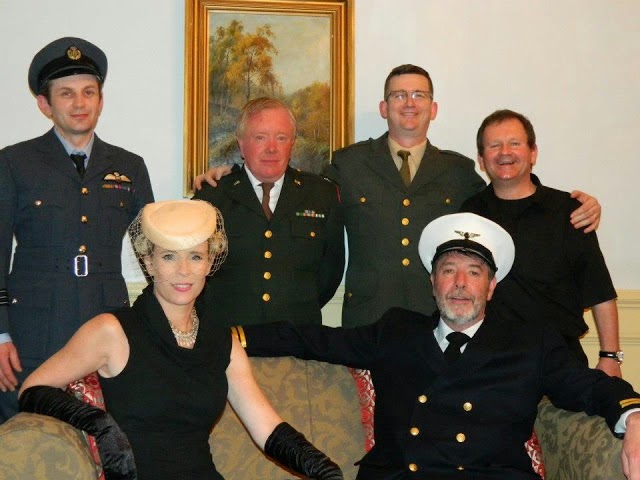
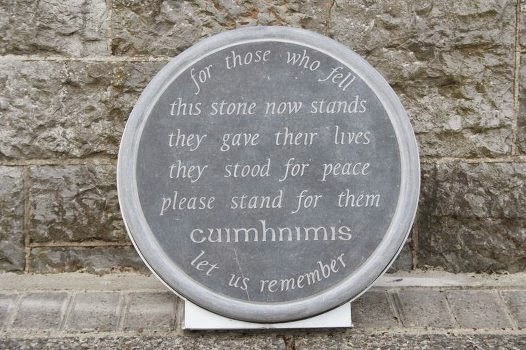



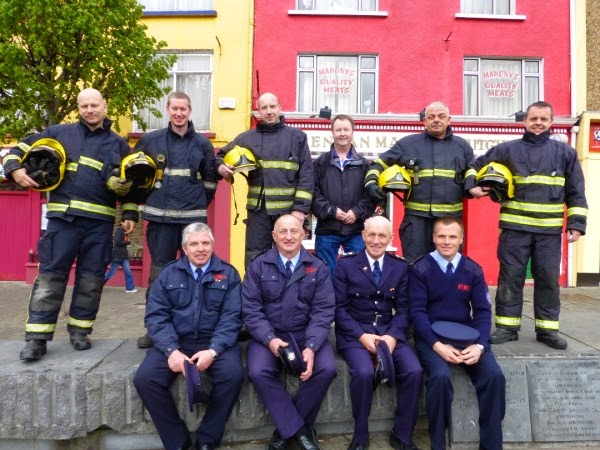
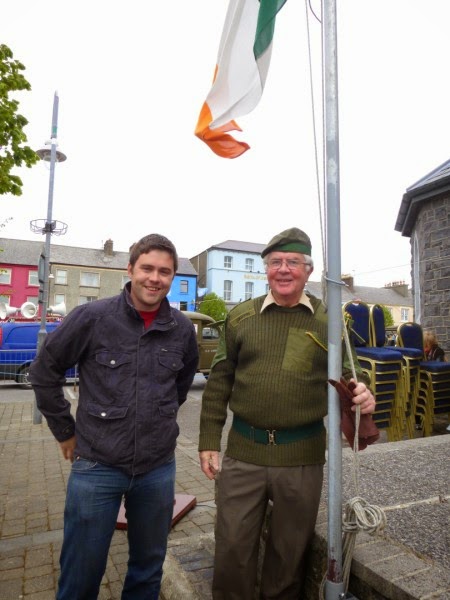
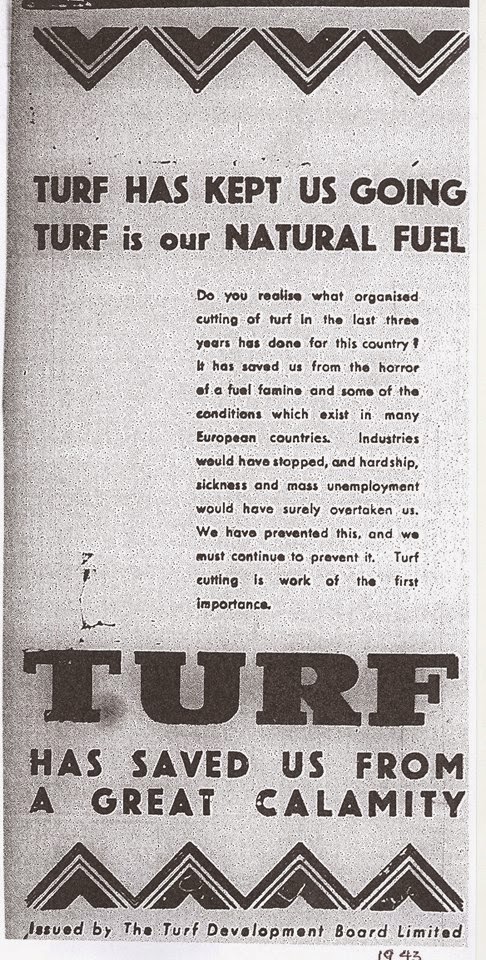


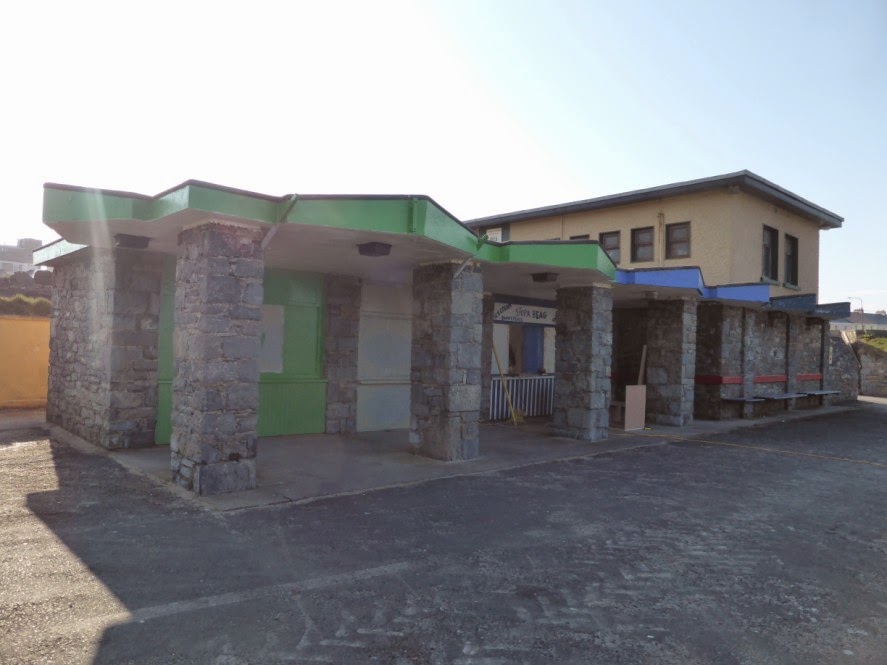



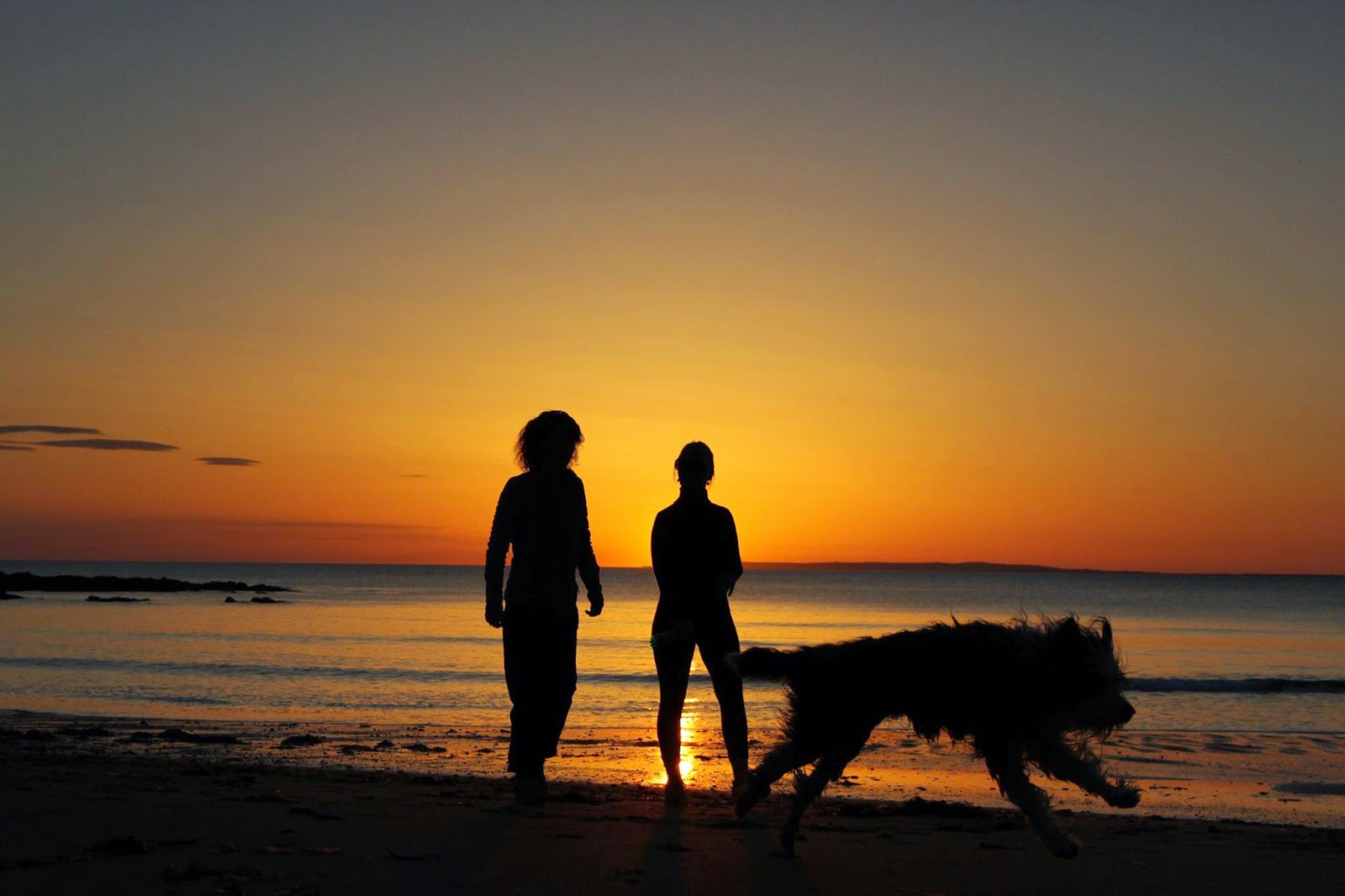
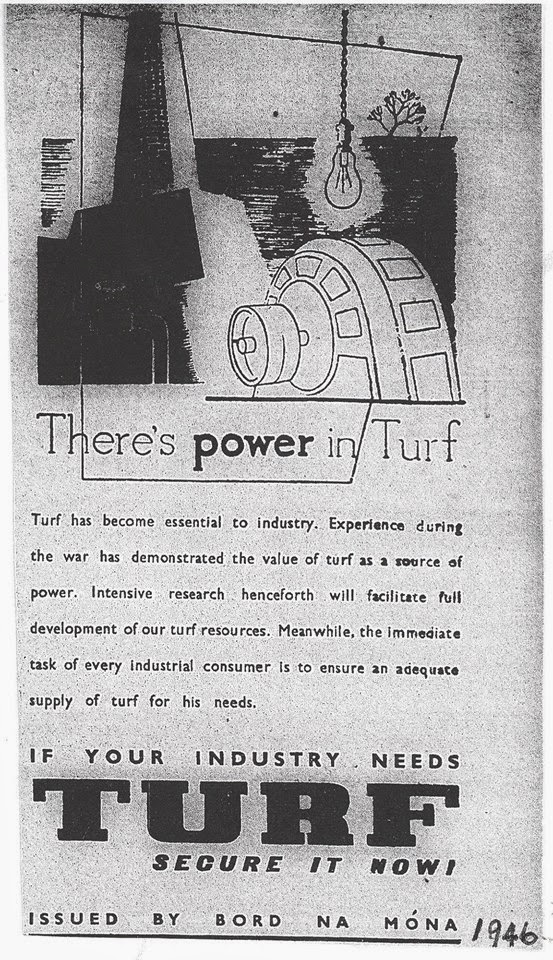
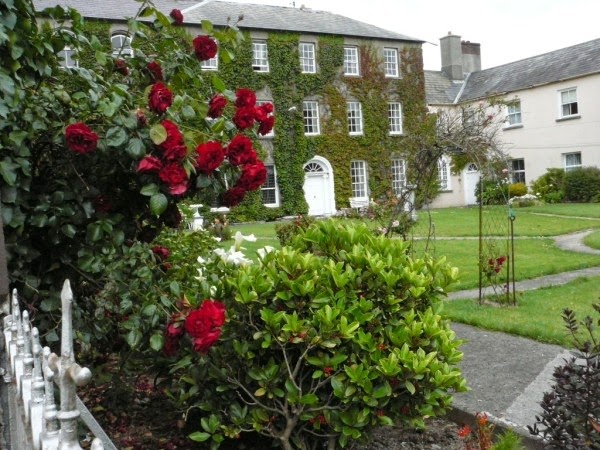
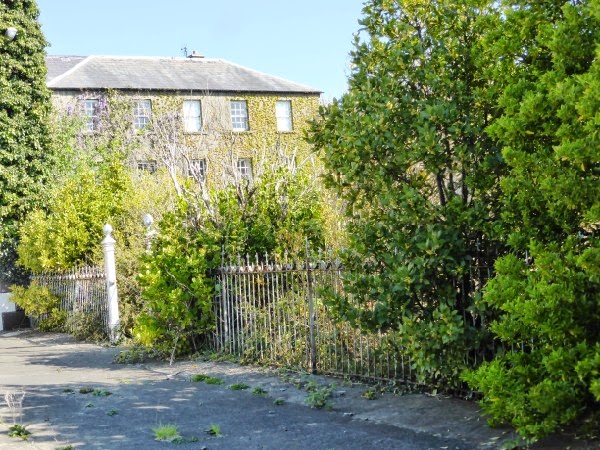
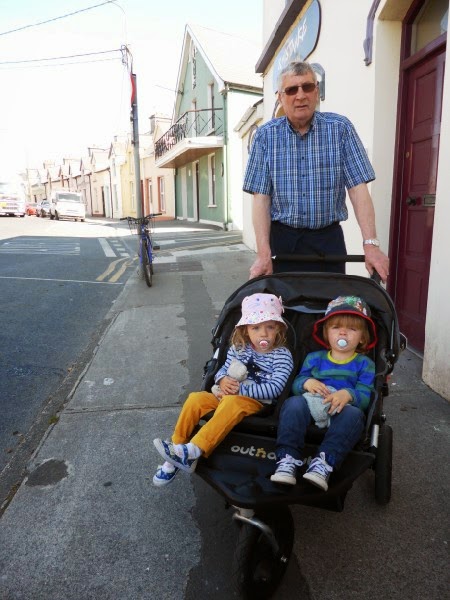
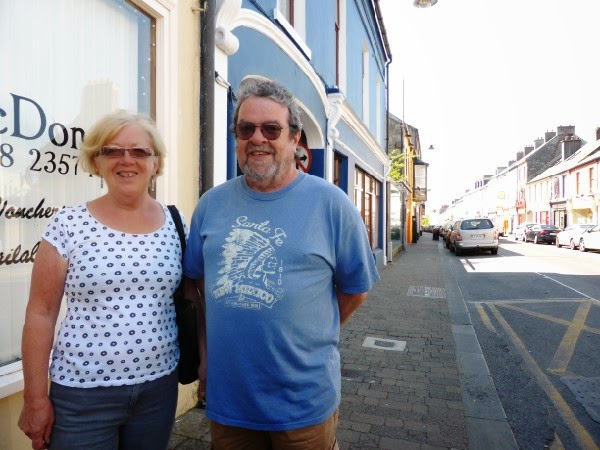
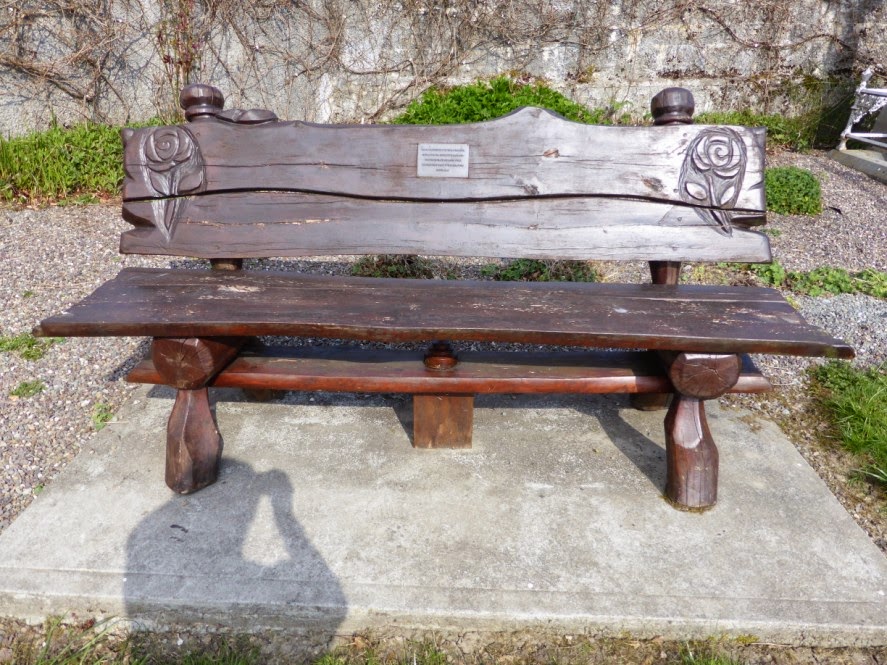
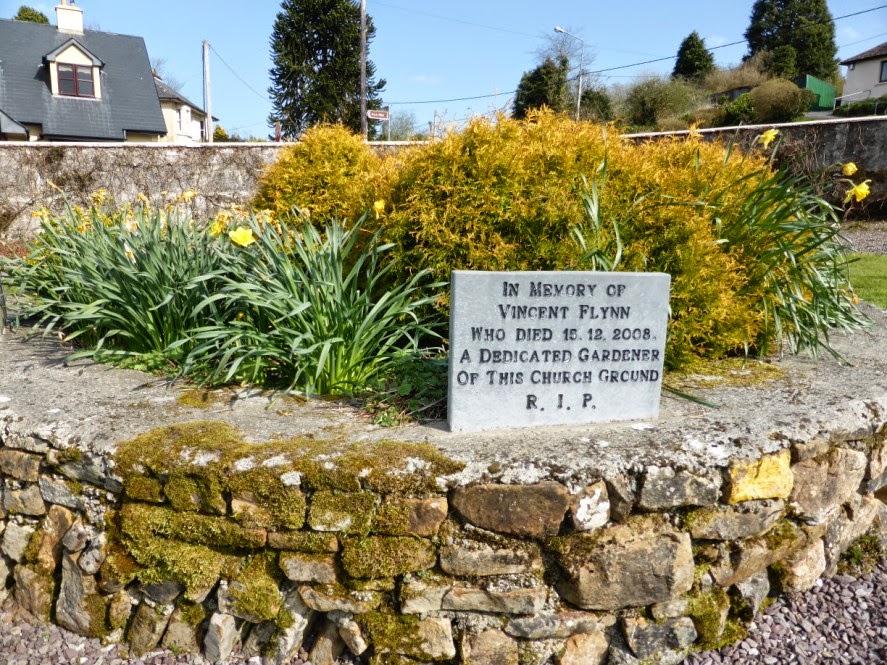
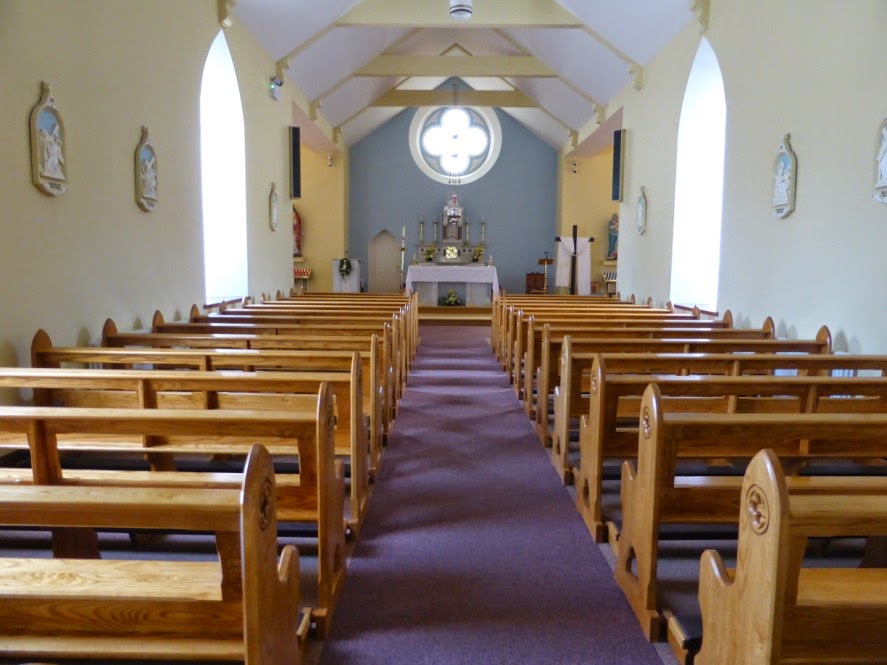
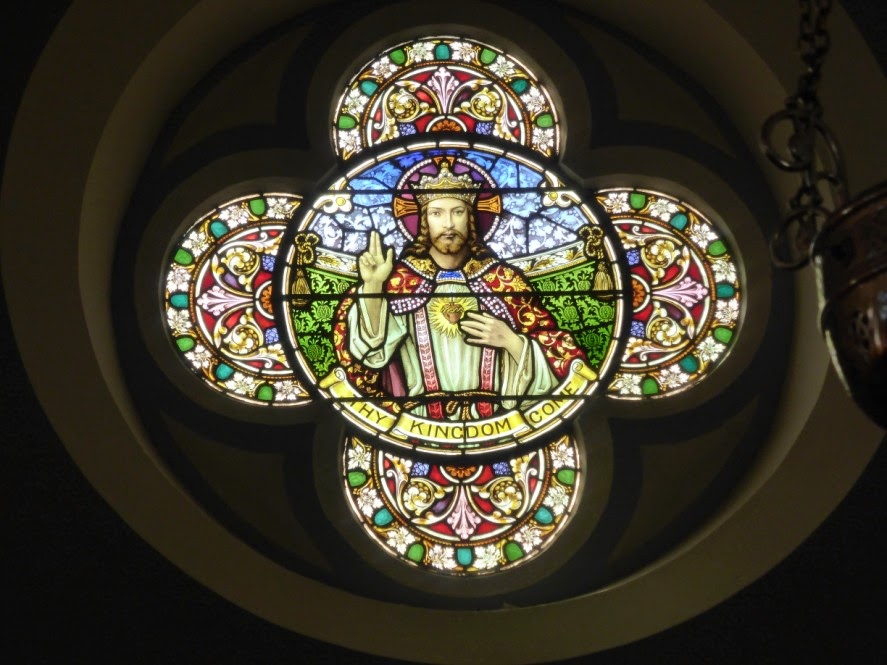

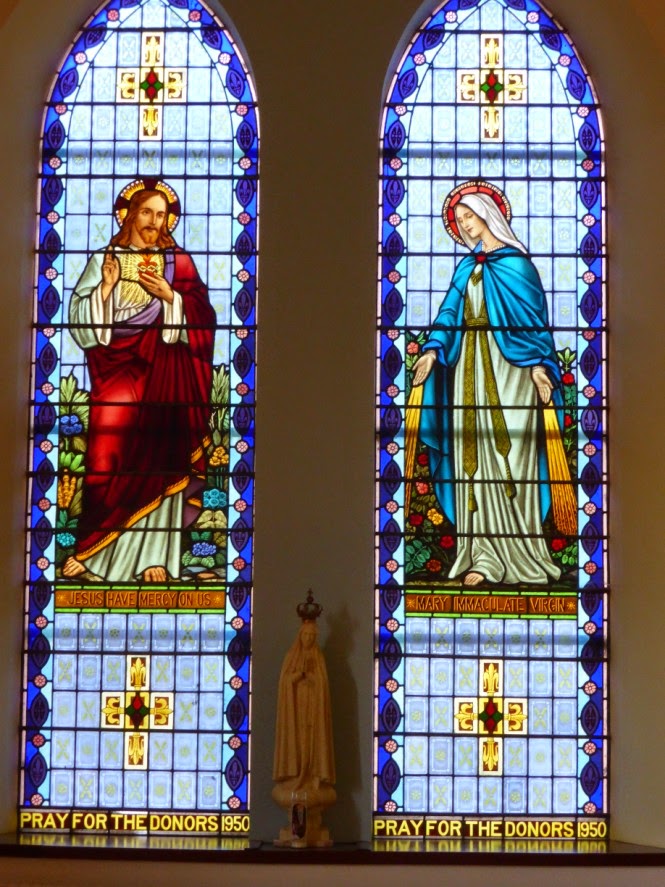
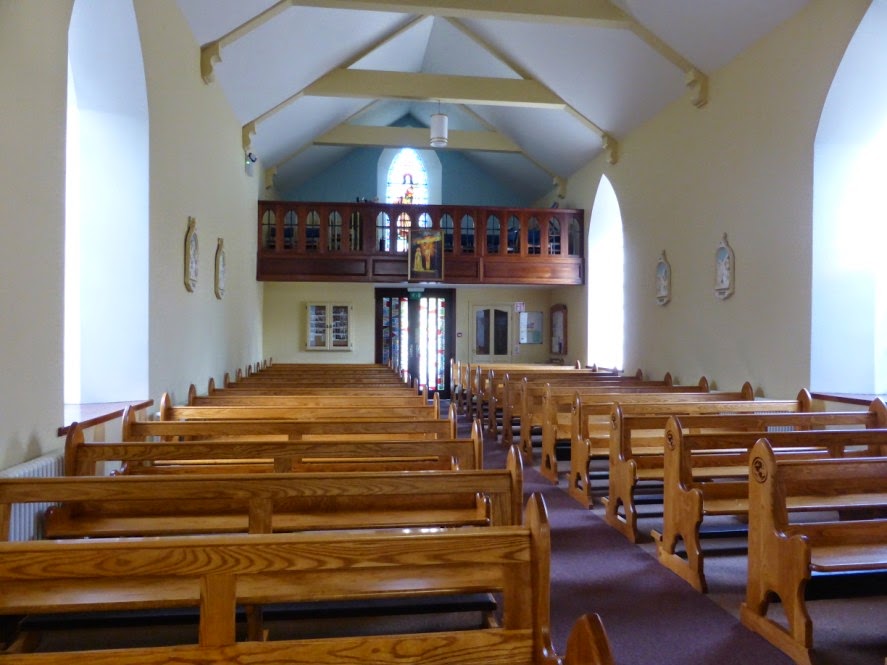
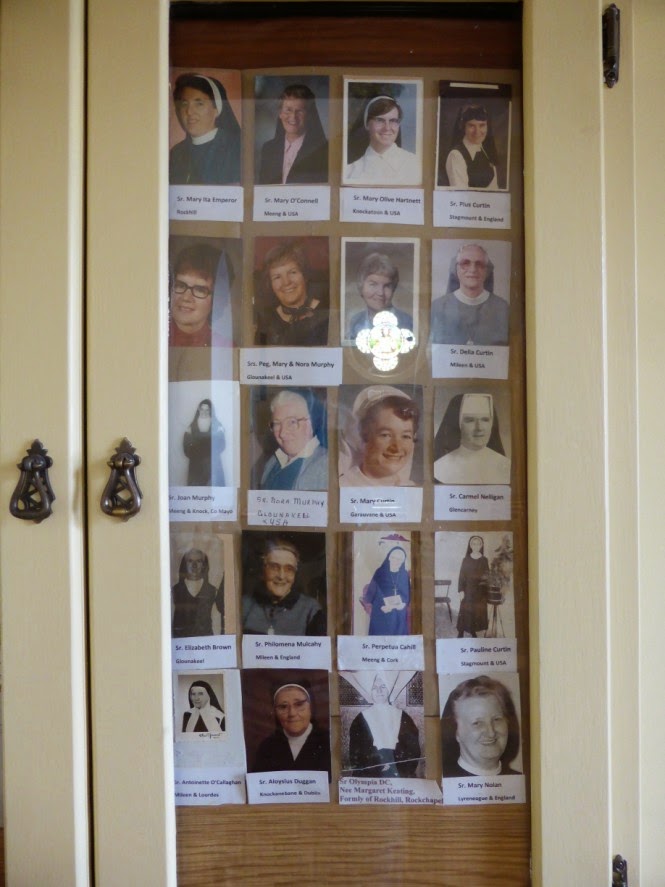

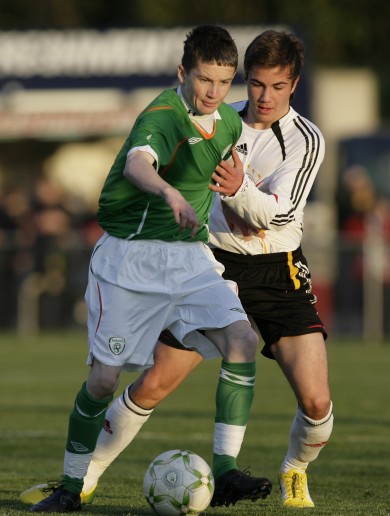

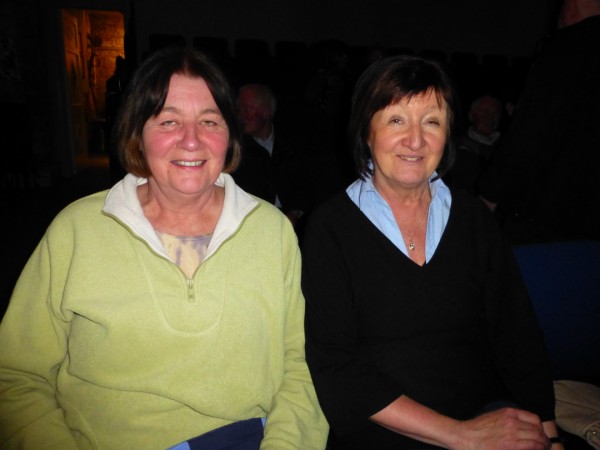
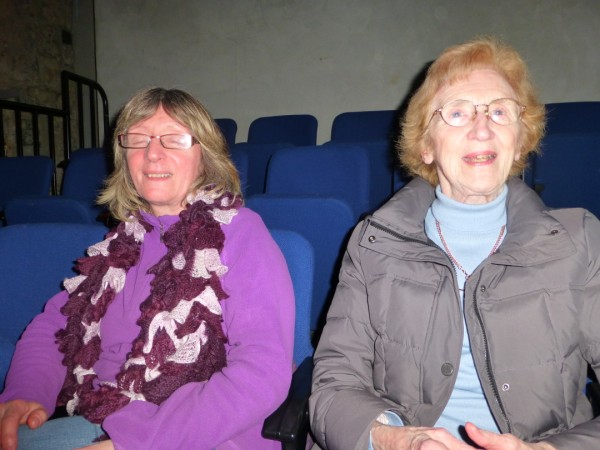
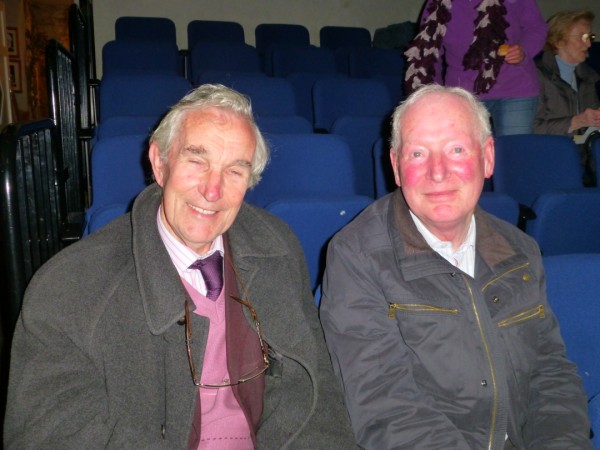
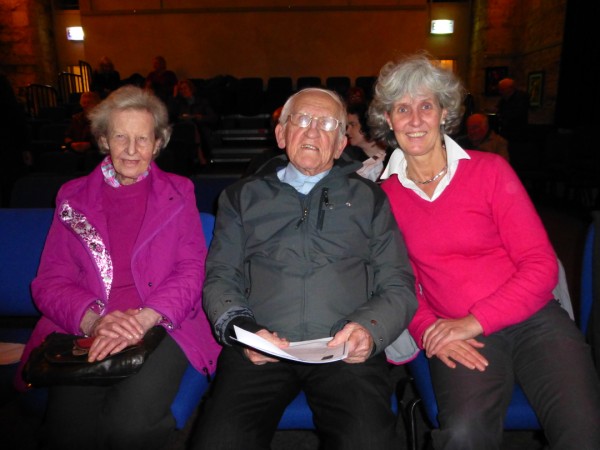
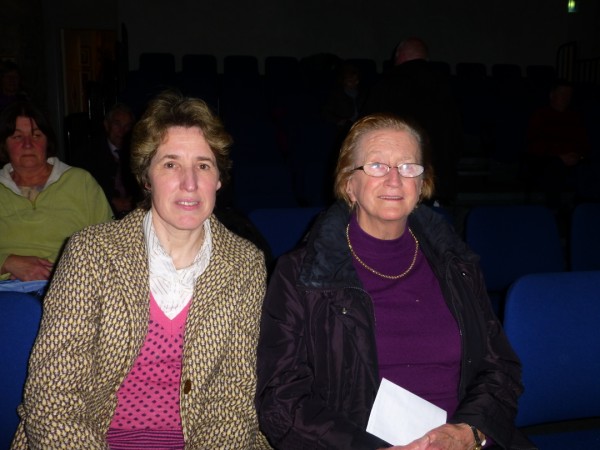
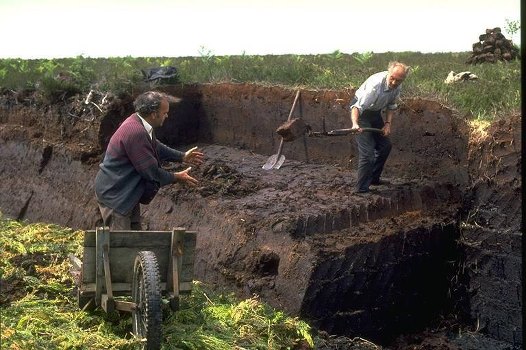
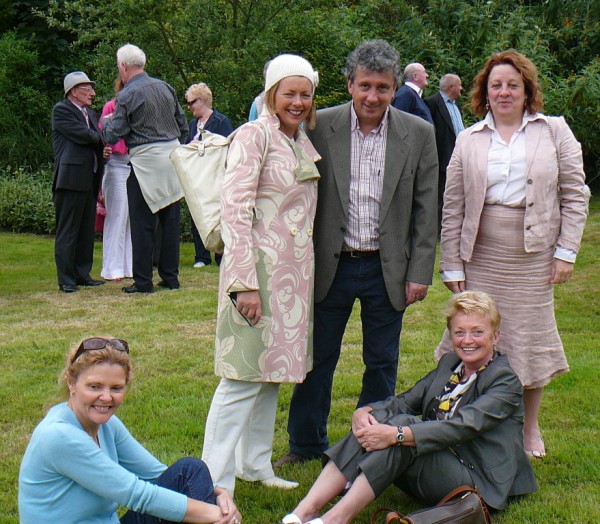
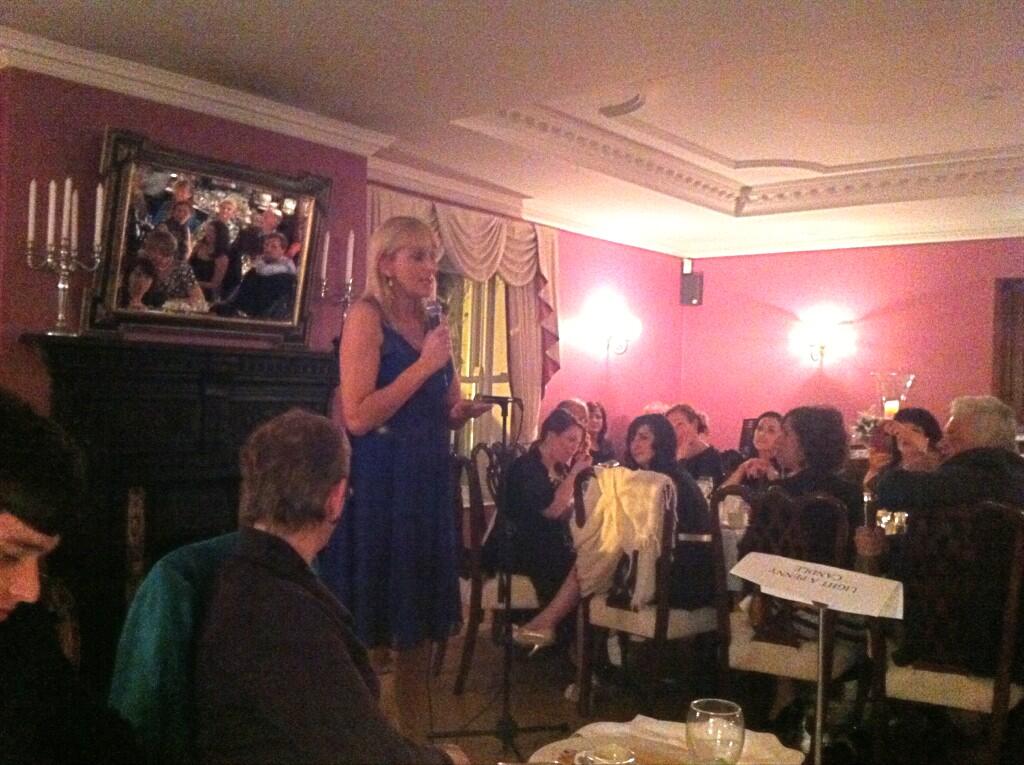







 PASSION: Con was a man of big appetites
PASSION: Con was a man of big appetites








